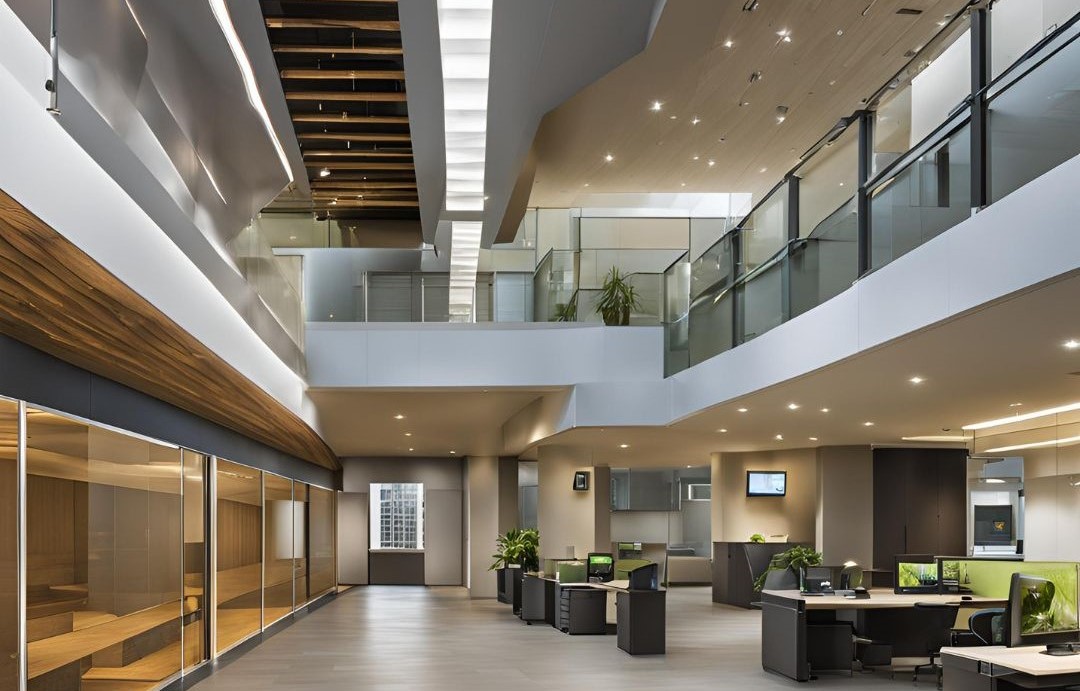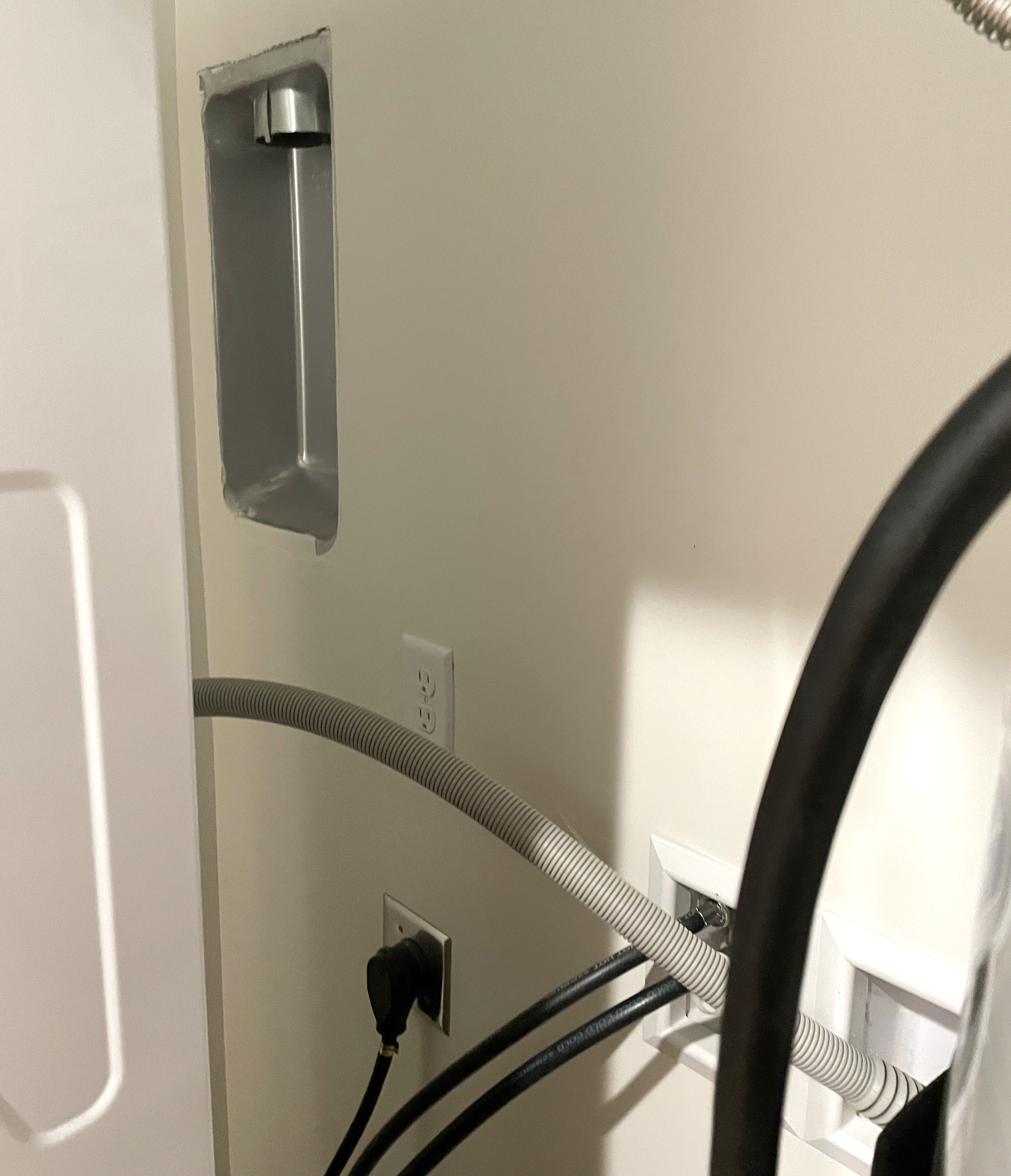
A Brief Overview of Interior Lighting Control Requirements Per IECC 2021
Being a leading mechanical, electrical, and plumbing (MEP) engineering firm, we know the importance of being aware of the codes on projects. The purpose of this article is to provide a simplified overview of the Interior Lighting Control Requirements per IECC 2021.
Introduction:
There are several requirements for interior lighting controls based on the International Energy Conservation Code (IECC). These requirements include occupant sensor controls, time-switch controls, light-reduction controls, daylight controls and specific application controls. The IECC requirements exist to conserve energy by reducing light usage and must be met as part of the energy compliance check (COMCheck).
1. Occupant Sensor Controls (IECC C405.2.1):
Occupant sensors are required in several types of spaces inside of a building. Offices, classrooms, conference rooms, restrooms, storage rooms, corridors, warehouses, storage areas, and spaces less than 300 square feet are affected by this requirement. See IECC C405.2.1 for a complete list of affected spaces.
The occupant sensors must be set to a “manual on” setting, meaning you must turn the lights on manually when entering the space. There are a few exceptions to this for areas such as restrooms, corridors, and locker rooms. The lights must also automatically shut off within 20 minutes of all occupants leaving the space. In addition to these requirements, open office areas, warehouse storage areas, and corridors have additional requirements that must be met.
2. Time-switch Controls (IECC C405.2.2):
In areas that do not have occupant sensor control, a time-switch control shall be provided. These are generally used in areas where you would not want the lights turning off during business hours. Examples include retail spaces, shop classrooms, and patient care areas.
Time-switch controls can be something like an astronomic time clock or a lighting control panel. These devices must be capable of turning the lights off when the space is scheduled to be unoccupied. They must also have additional features such as a 7-day clock, override switch, holiday scheduling feature and program backup capability.
3. Light-reduction Controls (IECC C405.2.3):
Areas not controlled with an occupant sensing device are required to have light reduction controls. This can be accomplished by switching alternate luminaires or rows of luminaires or by adding dimming control to the space. Dimming must be able to control luminaires from full output to below 20 percent of full power.
4. Daylight-response controls (IECC C405.2.4):
Daylight-response controls are required in spaces with at least 150 watts of lighting inside of a daylight zone. These daylight controls should adjust light levels based on the amount of daylight in the space. Daylight controls shall be capable of dimming lights from full output to 15 percent of full light output. They should also be capable of automatically turning off the lights. Daylight zone lighting is required to have separate control from general area lighting.
5. Specific Application Controls (IECC C405.2.5):
These requirements are required for specific lighting applications. Specific controls should be provided for display and accent lighting, lighting display cases, supplemental task lighting, sleeping units, etc. A full list is provided in C405.2.5. These specific application controls shall also have an occupant sensing device or time-switch control and shall be controlled separately from general lighting.
Conclusion:
To reduce the amount of energy usage from lighting, the IECC provides several requirements for interior lighting controls. These requirements include a variety of control requirements for particular spaces and applications. These requirements apply to all commercial buildings where the jurisdiction has adopted the IECC and are part of the energy compliance check.
At Royal Engineering, our teams take pride in their ability to deliver quality MEP Engineering services that exceed expectations. We enjoy working with owners to make their ideas a reality on their projects. Contact us today to discuss your next building design.



